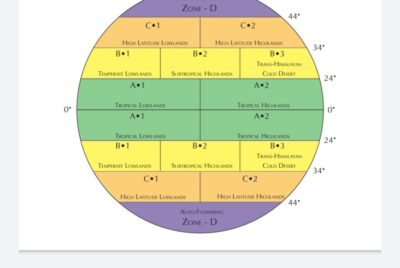Mazari Landrace very often denoted by the full name of city “Mazar I sharif” is a Short season Broadleaf, drug producing variety, from Mazar in the Balkh province of Northern Afghanistan.

Balkh province is situated at 36 degrees north of equator, with a cold-semi arid climate according to the koppen-geiger classification. It is an elevated temperate climate zone (not to be confused with highland), while the summers can get hot the winters are much colder than temperate climate zones and subject to sub-zero temperatures. Which creates an almost perfect growing environment with hot/sunny days during veg coupled with cooler nights and dry/low humidity during flowering with cool day time and chilly nights which ever so gradually intensifies.

It expresses both a truly squat – bushy structure with minimal side branching plant and the NLD taller with more side branching like highland varieties but both flowering around same 10-11 weeks, there are numerous variations found in this plant in terms of terpenoids, structure and other qualitative traits like stigma coloration/anthocyanin production.

It is to be noted that narrow leaf taller plants which still finish more or less in 10-11 weeks, can be attributed to the genetic infection from central highlands which although is separated from northern plains by hindu kush ranges still manages to show up in a majority broadleaved population.Mazari is well known for its characteristic, short season/broadleaf expression with a very sedative high if taken beyond 9 weeks, but the resin induces a couch lock kind of high in general as well. Flavours reported on different phenotypes of mazari almost cover most things which can be smelled off of a cannabis plant. In order of frequency of occurrence intrapopulation wise – Fermented fruits/sweet melon Diesel/earth foul/rotten protein, sewage sludge like foul smells, which are rarely to be smelled as the dominant smells.







